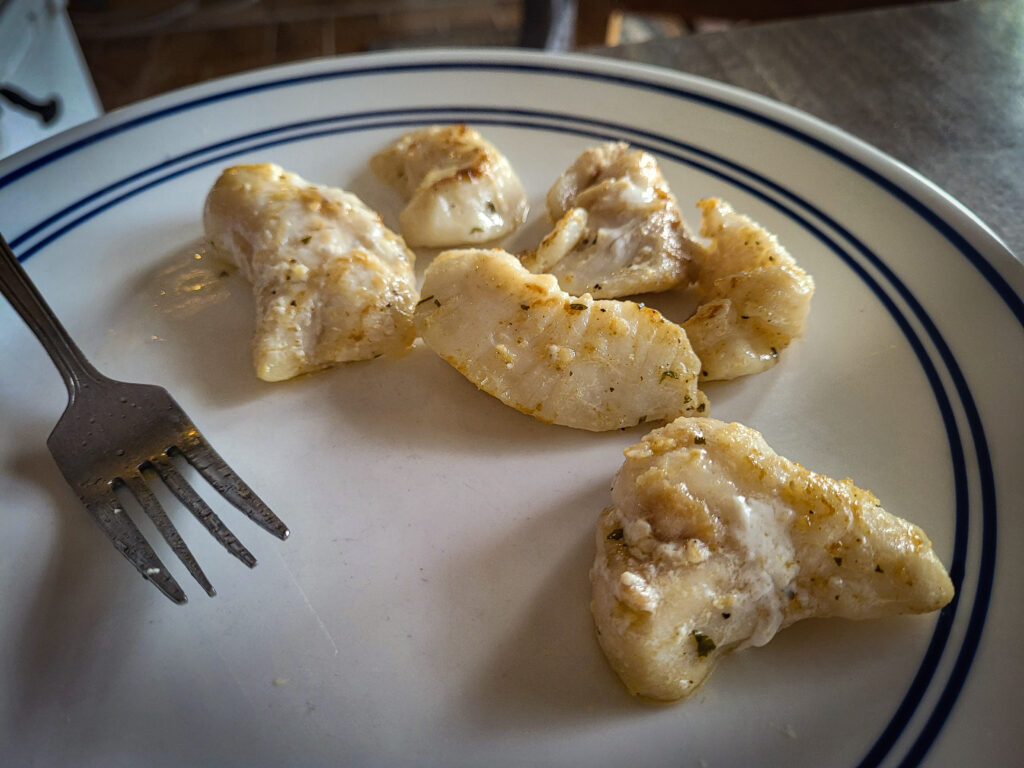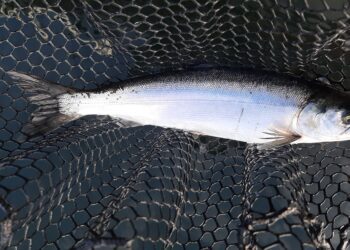One of the most sought-after ocean-dwelling fish is the bottomfish, also called rockfish and groundfish. Anglers also refer to some of the species as “sea bass” as they resemble freshwater largemouth bass. Regardless of what you call them anglers who target these fish all call them “tasty” which is why they are so popular. But do not expect the various species of bottomfish to take up a lot of space in magazines or flood your social media feed with lots of sea-bass photos and “how to’s”. Maybe it is because they are often a bycatch or used to fill the time between salmon bites or maybe it is because most daily limits offer enough fish to fill a freezer fast so anglers only fish for them a few times a year. If it is the latter, then be aware that regulations and fisheries are changing quickly.
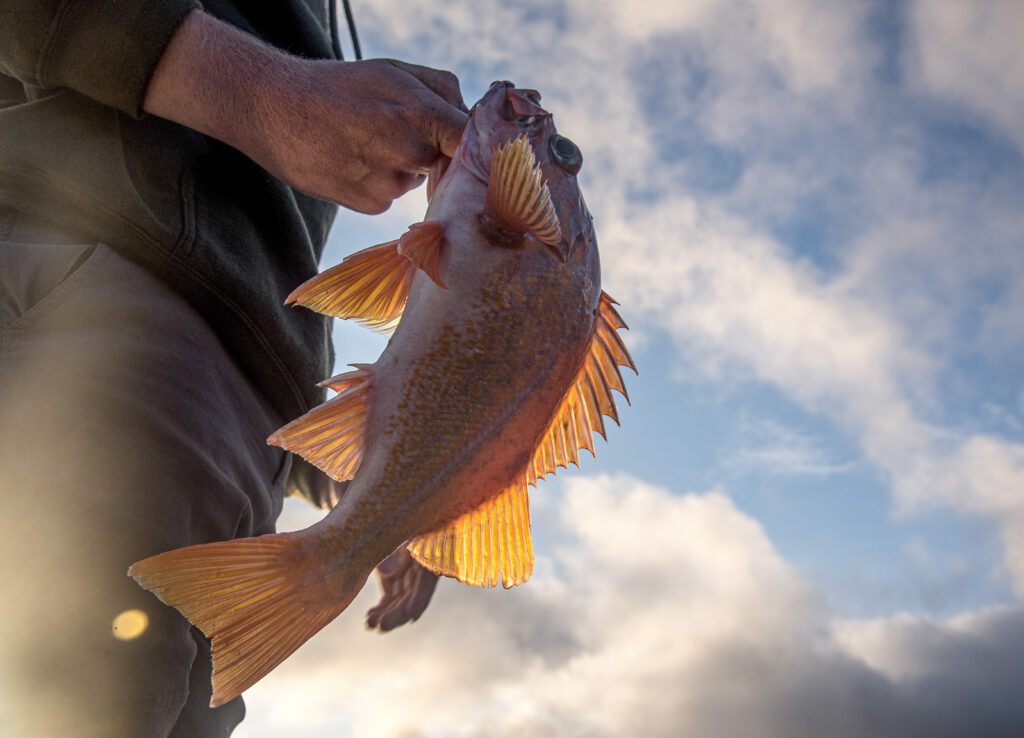
A few years ago, back in 2010, the yelloweye rockfish was listed on the Endangered Species List as threatened and remains there today in Washington and Oregon waters. This is because it is one of the largest rockfish species which means it lives an exceptionally long time, like over 100 years, with the oldest living yelloweye aged at 118 years and estimated to be able to live 147 years.
This long life means they mature slowly and do not reach adulthood until they are 19-22 years old. When it takes a species this long to mature, the over-harvest can be problematic. One of the saving graces for this species is that they live very deep, averaging 300 feet and can live as deep as 1,500 feet in the abyss. This is also a common detriment to most rockfish species and that is they are prone to barotrauma which is when the swim bladder becomes distended as the fish comes up from the high-pressure deep water. Using a descending device will help reduce mortality.
Like the yelloweye rockfish, most of the rockfish found in Puget Sound are off-limits due to the loss of species. There are some Marine Areas where rockfish can still be caught and kept including the ocean areas such as Marine Areas 1 through 4. Daily limits here were reduced a few years ago and now 7 rockfish of certain species combined such as black rockfish, blue rockfish, canary and vermillion, and a few other species.
Also new last year is a restriction for certain species between June 1st and July 31st, including copper, canary, and other popular species. There is also a depth restriction of 20 fathoms except for halibut days which can be a bit confusing. As of this writing the current regulations have not been published for the upcoming license season so be sure to check the WDFW website for updates.
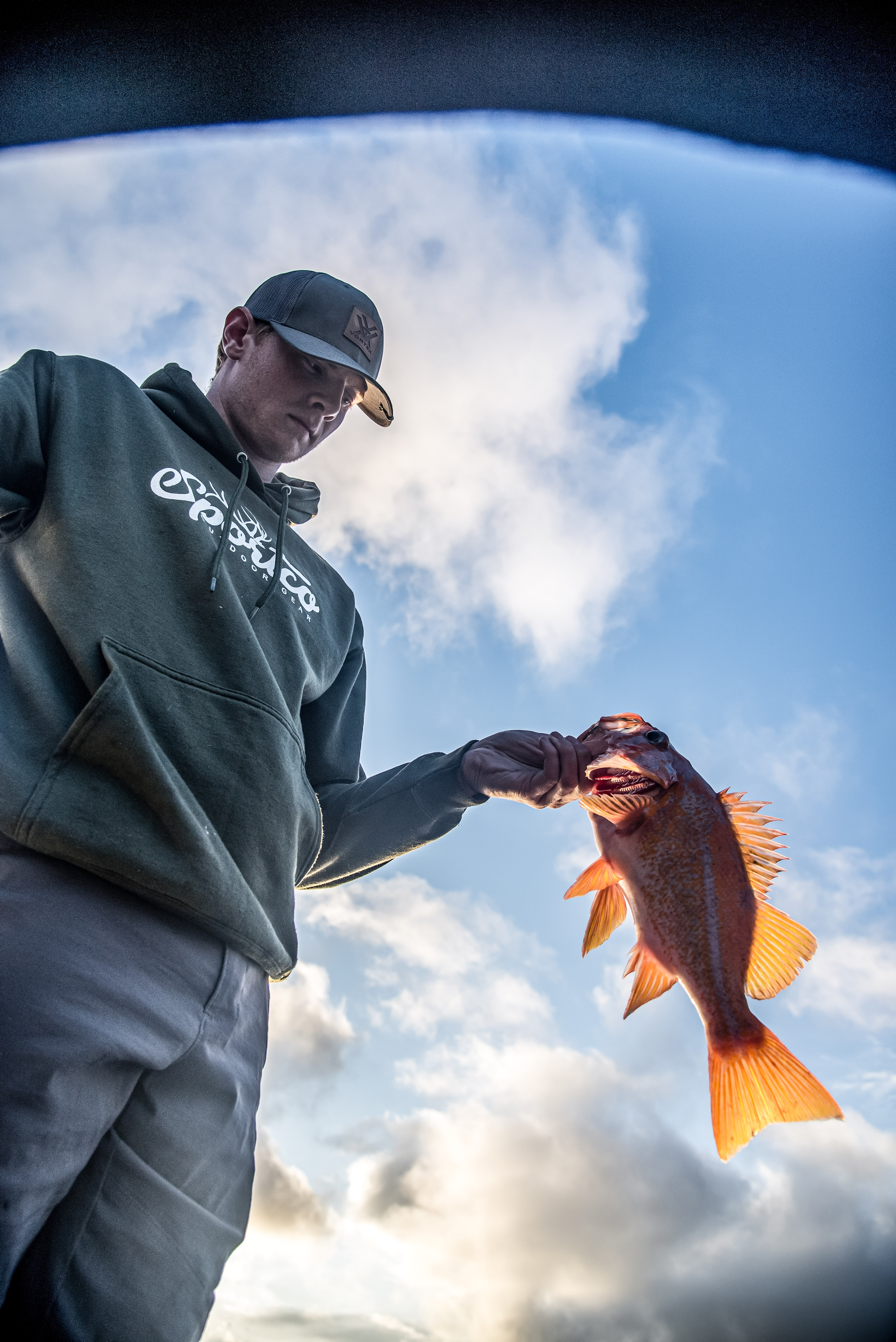
In Marine Area 5 which is the only other marine area where rockfish can be retained in Washington, the limit is 1 or 3 depending on which side of Slip Point you are on, and only black or blue rockfish can be kept. You also must use barbless hooks, even for non-rockfish bottomfish, such as halibut and lingcod which most anglers do not realize is required. After a quick chat last year at the dock at Sekiu with a WDFW Game Warden we learned that the only thing she wanted to check was our hooks. Not worried about our licenses or catch record cards, she just wanted to make sure we were using barbless hooks in the halibut we caught.
The last one had swallowed the bait and hook, and it was easier to just cut the leader, so we obliged and allowed her to cut the hook out which was barbless, and she was happy. Turns out that anglers did not know about the new rule, so it was more of a day of education for them. Luckily, we knew the rules. We also showed our licenses and catch record cards just to really put an exclamation point on following all the rules. She was thankful and it was a good interaction, always a plus when talking with WDFW staff.
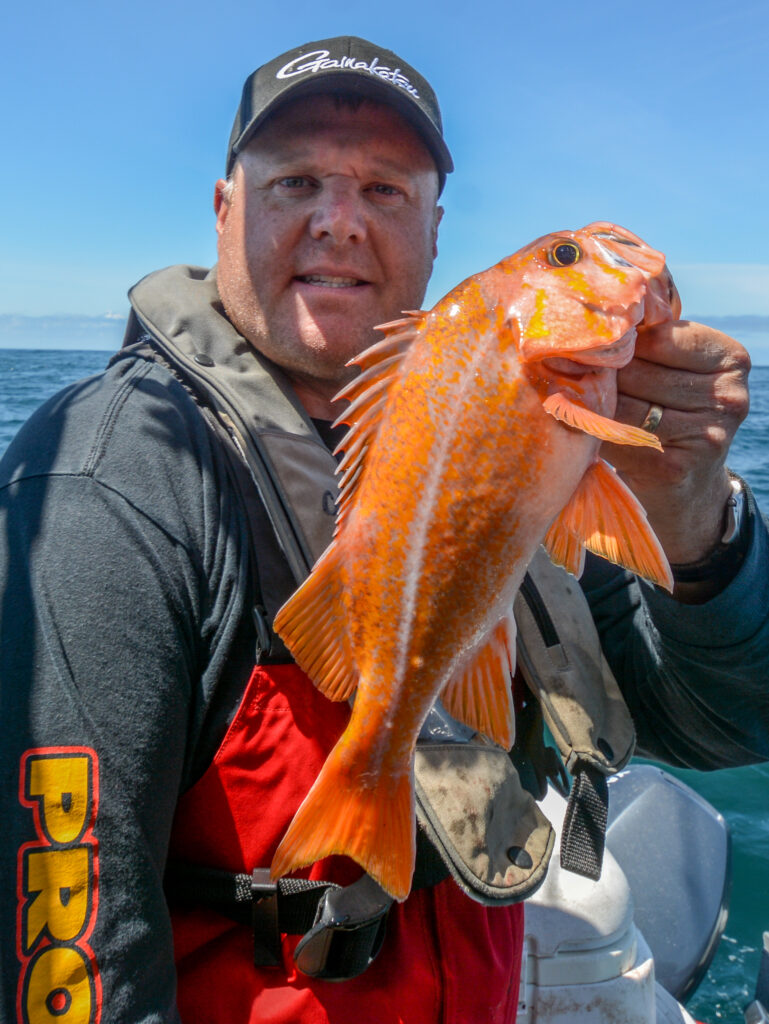
Oregon has simplified regulations compared to Washington but has even more restricted bag limits. As of now, the season is open year-round with no depth restrictions but a daily limit of 5, as well as a coastwide closure of yelloweye and quillback rockfish. Oregon also has a unique gear restriction when fishing deeper than 40 fathoms which is the use of “long leader” gear. Their website has tutorials on what this means and how to rig it. As always be sure to check current regulations before you go out fishing.
Both states have safety zones or rockfish conservation areas which are off limits to fishing for rockfish or any bottomfish. The reason for these conservation areas is to set aside a breeding and nursery area of sorts where rockfish are threatened, including the yelloweye. All rockfish species take a while to mature and since they tend to school up and live along structures such as underwater pinnacles, reefs, and rocky ledges they can be easy to locate and target.
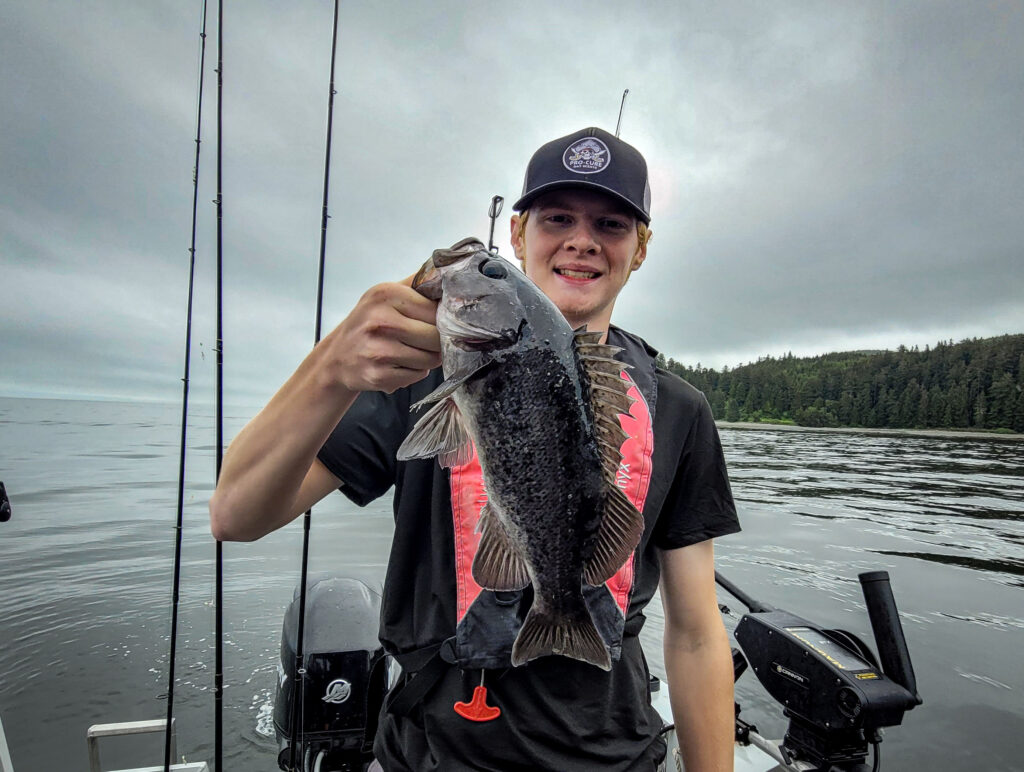
The Pacific Fishery Management Council keeps tabs on various fish species along the west coast including groundfish. Since these fish live a long time and can be subjected to over-harvest the Council provides a stock assessment and guideline regarding certain fisheries. When it comes to bottomfish, which again they refer to as groundfish, the Pacific Fishery Management Council realizes the importance of these fish. Popular in both commercial and recreational fisheries, bottomfish are prized for their great eating and provide a valuable economy to the fishing industry.
A quick walk around the boardwalk and harbor in Westport, Washington does not take long for someone to see how many charter fishing boats there are. Offering an opportunity for anglers who do not own a boat or have the savvy to head to the open Pacific Ocean, anglers can book a day trip on one of the many charters and have a good chance at catching some tasty rockfish. This is the same for every seaside town up and down the Washington and Oregon coast, and several towns in California.

Keeping management goals of conservations, economics, and utilization of these fisheries the Pacific Fishery Management Council establishes objectives for each management goal outlined for the Pacific Coast groundfish. Taking in everything from gear used by both commercial and recreational anglers to social and economic impacts. Knowing that groundfish populations can be affected by several factors including areas where caught, as fish can be migratory the need for such a council helps track bottomfish and their populations.
If all of this seems a bit confusing that is because it is, and it is because bottomfish are highly sought after and they can be overfished. Anglers need to realize this and respect the fish population accordingly. Keep a descender device onboard, as required by regulation but also know how to use it. When you catch an undesired species then use the device. Also know your own limits, just because you can keep 7 fish per day does not mean you should keep that many.
A few years ago, while on a multi-day vacation at Neah Bay my son and I went out and limited on rockfish. Between the two of us that was 14 fish, and we also caught some salmon that day and our lingcod we came back to the dock with nearly 20 fish to clean and fillet. That made for a long day, and we decided that the rest of the trip would be spent salmon fishing and that only if it were a slow day would we switch to bottomfish. Even then we kept our personal limits to what we wanted to clean that day, and by our third day we decided we had more than enough white flakey fillets for our trip. The last two days were spent trolling for salmon and watching local wildlife. Rockfish are delicious and fun to catch but make sure to catch responsibly.
